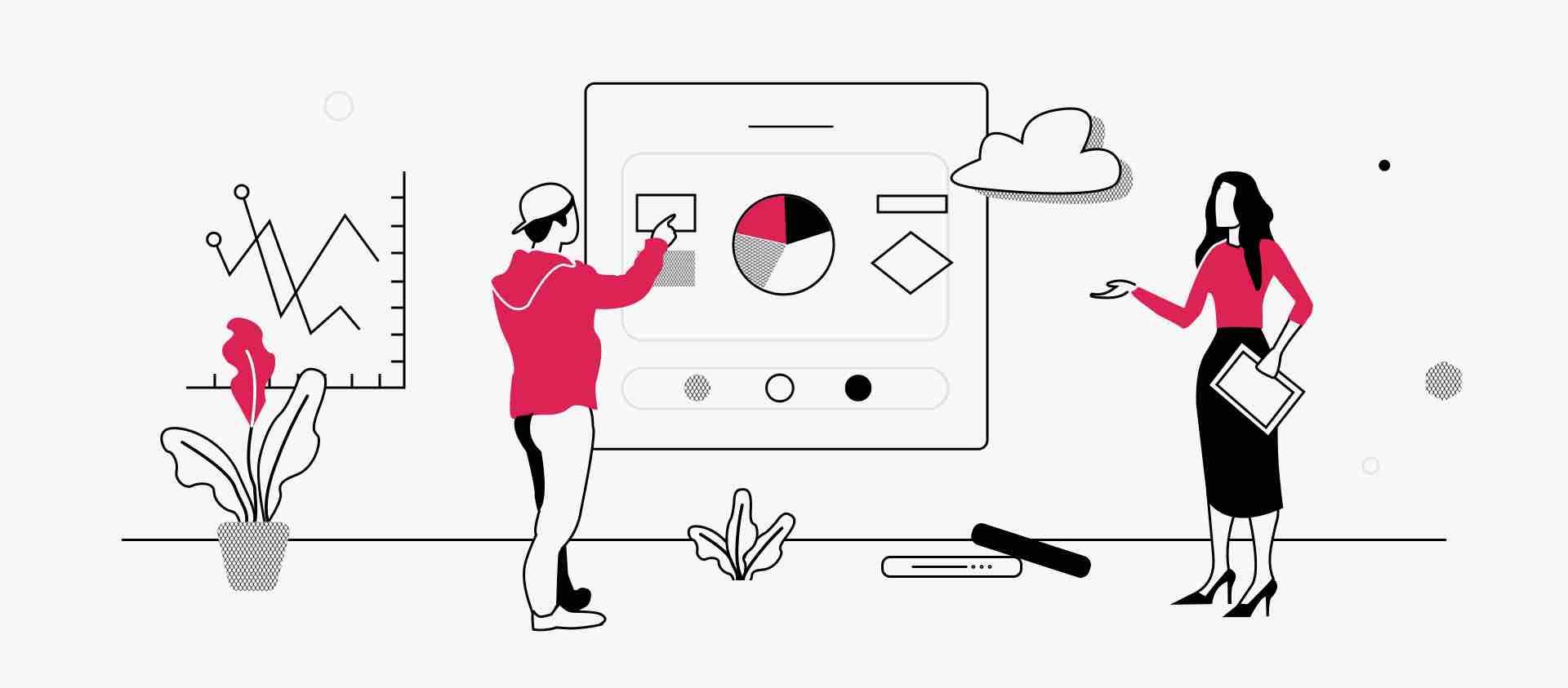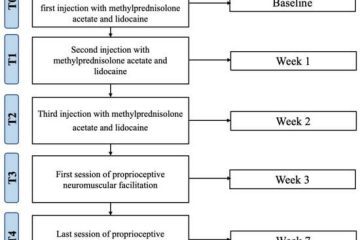In the rapidly evolving landscape of healthcare, the intersection of user experience design and job opportunities has become a thriving hub of innovation and growth. Healthcare UX design jobs offer a unique blend of creativity, empathy, and technical expertise, aimed at enhancing the way we interact with healthcare services. As the demand for seamless digital experiences in the medical field continues to surge, professionals in this niche are at the forefront of shaping the future of patient care. Join us on a journey to explore the dynamic world of healthcare UX design jobs and discover the endless possibilities awaiting passionate individuals in this space.
Table of Contents
- Exploring the Intersection of Healthcare and User Experience Design
- Key Skills and Qualifications for Healthcare UX Design Jobs
- Challenges and Opportunities in Healthcare UX Design Careers
- Strategies for Success in Landing Healthcare UX Design Positions
- Q&A
- Concluding Remarks


Exploring the Intersection of Healthcare and User Experience Design
When it comes to the dynamic field of healthcare UX design, opportunities abound for professionals looking to make a meaningful impact at the intersection of technology and patient well-being. A career in healthcare UX design offers a unique blend of creativity, empathy, and problem-solving skills, where every digital solution crafted has the potential to enhance the quality of healthcare delivery.
Exploring healthcare UX design jobs opens doors to diverse roles such as:
- Clinical User Experience Researcher: Conducting studies to improve the usability of medical software.
- Healthcare Interface Designer: Crafting intuitive interfaces for medical devices and applications.
- Patient Experience Strategist: Focusing on enhancing the overall patient journey through digital touchpoints.
| Role | Responsibilities |
| Clinical UX Researcher | Conduct user studies to enhance medical software. |
| Healthcare Interface Designer | Create user-friendly interfaces for medical applications. |
| Patient Experience Strategist | Improve patient journey through optimized digital interactions. |


Key Skills and Qualifications for Healthcare UX Design Jobs
In the realm of Healthcare UX Design, possessing a diverse set of skills and qualifications is crucial to excel in this dynamic field. The ideal candidate for healthcare UX design jobs should showcase proficiency in user research methodologies, wireframing tools such as Figma or Sketch, and have a solid grasp of designing for multiple devices and platforms. Additionally, a strong understanding of healthcare regulations and compliance standards such as HIPAA is highly valued in the industry.
Creativity, attention to detail, and the ability to empathize with end-users are essential traits for healthcare UX designers. Proficiency in creating user personas, conducting usability testing, and iteratively improving design solutions based on feedback are key aspects of the role. Effective communication skills, both verbal and visual, are paramount for collaborating with multidisciplinary teams and stakeholders to ensure seamless user experiences in healthcare applications. Embracing a user-centric approach and staying updated on industry trends are fundamental for success in healthcare UX design roles.
| Skill | Relevance |
|---|---|
| User Research | Understand users’ needs and behaviors |
| Wireframing | Visualize layout and structure of designs |
| Compliance | Adhere to healthcare regulations like HIPAA |
Challenges and Opportunities in Healthcare UX Design Careers
In the dynamic world of healthcare UX design careers, professionals encounter a myriad of challenges that ignite innovation and growth. Embracing the ever-evolving landscape of technology and user-centric design, individuals in this field constantly navigate through complex systems to enhance the user experience. With a keen eye for detail and a passion for improving healthcare interactions, UX designers in this sector are presented with a unique blend of obstacles and opportunities to create meaningful solutions.
Navigating the realm of healthcare UX design jobs opens doors to a realm of creative possibilities and career advancement. Professionals in this space blend artistry with functionality, crafting digital experiences that prioritize user comfort and efficiency. By leveraging data-driven insights and user feedback, UX designers in healthcare continuously strive to optimize interfaces, streamline processes, and elevate the overall quality of healthcare services. Embracing the challenges and seizing the opportunities in this field can lead to impactful contributions that shape the future of healthcare technology.

Strategies for Success in Landing Healthcare UX Design Positions
In the dynamic world of healthcare UX design, landing a coveted position requires a blend of creativity, technical skills, and industry knowledge. To succeed in this competitive field, consider the following strategies:
- Continuous Learning: Stay updated on the latest trends, tools, and technologies in healthcare UX design to enhance your skill set.
- Networking: Build meaningful connections with professionals in the field through conferences, workshops, and online platforms to expand your opportunities.
- Portfolio Development: Showcase your best work in a visually appealing and organized portfolio that highlights your expertise and problem-solving abilities.
- Collaboration: Collaborate with multidisciplinary teams to understand user needs, integrate feedback, and create user-centric designs that make a difference.
Moreover, emphasizing your ability to streamline complex healthcare processes, prioritize user experience, and drive innovation can set you apart as a top candidate. By leveraging these strategies and honing your UX design skills, you can position yourself for success in the ever-evolving realm of healthcare UX design jobs.
Q&A
Q: What are healthcare UX design jobs, and why are they important?
A: Healthcare UX design jobs involve creating user-friendly experiences for healthcare-related digital products like websites and applications. These jobs are crucial in ensuring that patients, healthcare providers, and other users can easily navigate, interact, and access vital information in the healthcare space.
Q: What skills are required for a career in healthcare UX design?
A: To excel in healthcare UX design, professionals need a blend of creativity, technical proficiency, and empathy. Skills such as user research, information architecture, wireframing, prototyping, and usability testing are essential in crafting meaningful and intuitive healthcare experiences.
Q: How does UX design impact the healthcare industry?
A: UX design plays a significant role in enhancing patient outcomes, improving the efficiency of healthcare services, and fostering better communication between patients and providers. By placing users at the center of the design process, healthcare UX designers can create solutions that address specific needs and challenges within the industry.
Q: What are the challenges faced by healthcare UX designers?
A: Healthcare UX designers often encounter challenges such as strict regulatory requirements, complex data structures, diverse user groups with varying needs, and maintaining a balance between innovation and adherence to industry standards. Overcoming these challenges requires creativity, collaboration, and a deep understanding of the healthcare landscape.
Q: How can someone pursue a career in healthcare UX design?
A: Aspiring healthcare UX designers can start by acquiring relevant skills through formal education, online courses, or self-study. Building a strong portfolio showcasing UX design projects, gaining practical experience through internships or freelance work, and networking with professionals in the field can also help individuals kickstart a career in healthcare UX design.
Concluding Remarks
As you journey through the realm of healthcare UX design jobs, may your passion for innovation and empathy continue to fuel your quest for creating user experiences that heal, inspire, and empower. Remember, in this ever-evolving landscape, your blend of creativity and usability holds the power to revolutionize the way we interact with healthcare systems. So, go forth with confidence, knowing that each pixel you place and each interaction you craft has the potential to make a profound difference in the lives of many. Embrace the challenges, savor the victories, and let your design journey be a testament to the transformative power of human-centered healthcare UX. Stay curious, stay inspired, and keep designing a healthier, more accessible future for all. Thank you for exploring the intricate interplay of healthcare and design with us. Here’s to a future where innovation and compassion converge seamlessly in the realm of healthcare UX design.




0 Comments